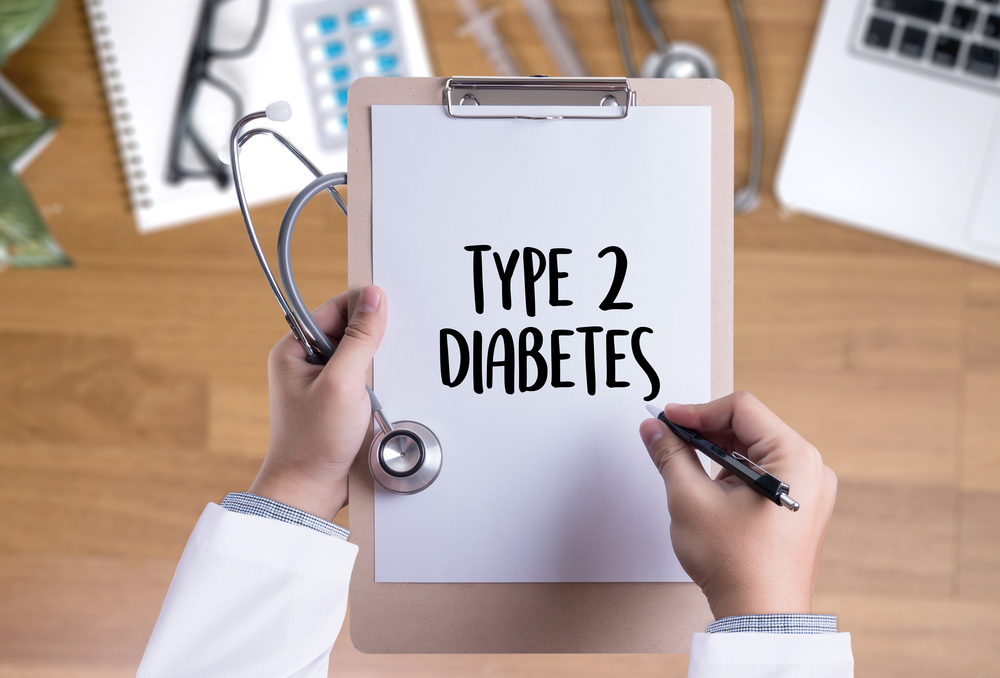
Did you know that 1 in 3 adults has prediabetes? This condition is a precursor to type 2 diabetes and other serious health problems. Prediabetes is a condition where you have high blood sugar without any noticeable symptoms. Despite the high levels of sugar in the blood, you do not have enough insulin resistance to be diagnosed as diabetic. Listed below are tips to manage this condition. Read on to learn more about how to treat and prevent this disease.
Prediabetes is a disease of high blood sugar

Prediabetes is a common condition in which a person's blood glucose levels are higher than normal. While prediabetes is not a disease in and of itself, it can be a precursor to type 2 diabetes. People with prediabetes have impaired glucose tolerance and impaired fasting blood sugar and are at increased risk for developing type 2 diabetes in the future. However, if treated early, prediabetes can delay the onset of diabetes and can be prevented from affecting many aspects of a person's life.
Although prediabetes is not a disease in and of itself, it increases the risk of type 2 diabetes by 30%. Proper diet and exercise are essential to controlling blood glucose levels, but lifestyle changes can also help delay or even prevent the onset of type 2 diabetes. In some cases, medication may be needed if lifestyle changes are not sufficient. If a person has been diagnosed with prediabetes, they should consult a physician to determine if they should undergo treatment.
Symptoms of prediabetes may be vague. It may also be caused by certain medications. It is estimated that 88 million people in the United States suffer from prediabetes. About 84% of those with the condition don't realize they have it. In addition to having a high risk of developing the disease, prediabetes often has no symptoms. So if you think you have prediabetes, start by changing your diet and lifestyle.
While a prediabetes diagnosis may seem scary, it is a great opportunity to take charge of your health and stop type 2 diabetes from ever taking hold. It is important to speak to a healthcare provider and take regular blood tests and an A1C test to monitor your progress. By making lifestyle changes and making changes in your diet, you can prevent or reverse prediabetes and prevent the onset of Type 2 diabetes.
The most common symptoms of prediabetes are increased insulin resistance and body fat. In addition, the presence of belly fat increases the risk of insulin resistance. Despite its low risk of progression into Type 2 diabetes, some individuals experience no symptoms. In some cases, prediabetes may be so undetectable that it goes undetected until it develops into full-blown diabetes. When this happens, patients may develop complications like kidney failure and diabetes-related retinopathy.
It can become type 2 diabetes

If you have a history of type 2 diabetes, you may want to visit your doctor to get your blood glucose level checked. Glucose levels can be diagnosed by taking a fasting plasma glucose test or a random plasma glucose test. To take the test, you must fast for 8 hours. You can also get this test if you are already experiencing symptoms of the condition. During the test, you should not drink any food or beverages, except for water.
One of the signs of type 2 diabetes is an increased need for bathroom trips. While the number of bathroom trips depends on your lifestyle, drinking habits, and medications, urinating more than seven or eight times per day could signal a problem with diabetes. Other symptoms of type 2 diabetes include weight loss. If you keep up your diet, your blood sugar levels may be lower than normal. Blurred vision can also be a warning sign. High blood sugar levels cause the lens of the eye to swell. Headaches may occur at random.
If you are diagnosed with type 2 diabetes, you may need to take insulin shots to control your blood sugar. This will help your body better manage your diabetes and reduce the risk of complications. In addition to these injections, your doctor may recommend insulin. This is an option if your doctor has diagnosed you with diabetes. It is important to remember that diabetes is a progressive condition, and most people eventually require more than one type of medication. This treatment is known as combination therapy.
Type 2 diabetes often results in complications like excessive thirst and frequent urination. You may even experience tiredness and other signs of dehydration. In addition to the physical effects, it can affect the brain and sexual life. Women with diabetes have a higher risk of miscarriage, stillbirth, or birth defects. Other complications of diabetes may affect sleep and hearing. If untreated, type 2 diabetes can lead to Alzheimer's disease.
It can be treated

People with prediabetes do not process sugar properly. Food contains glucose and the body uses insulin to transport it to cells. High levels of blood sugar damage organs and cause protein in the urine, which puts a strain on the kidneys. The good news is that prediabetes can be treated and managed. Read on to find out what you can do to help yourself manage your condition. It's easy to get diagnosed with prediabetes and start treatment as soon as you discover you have it.










